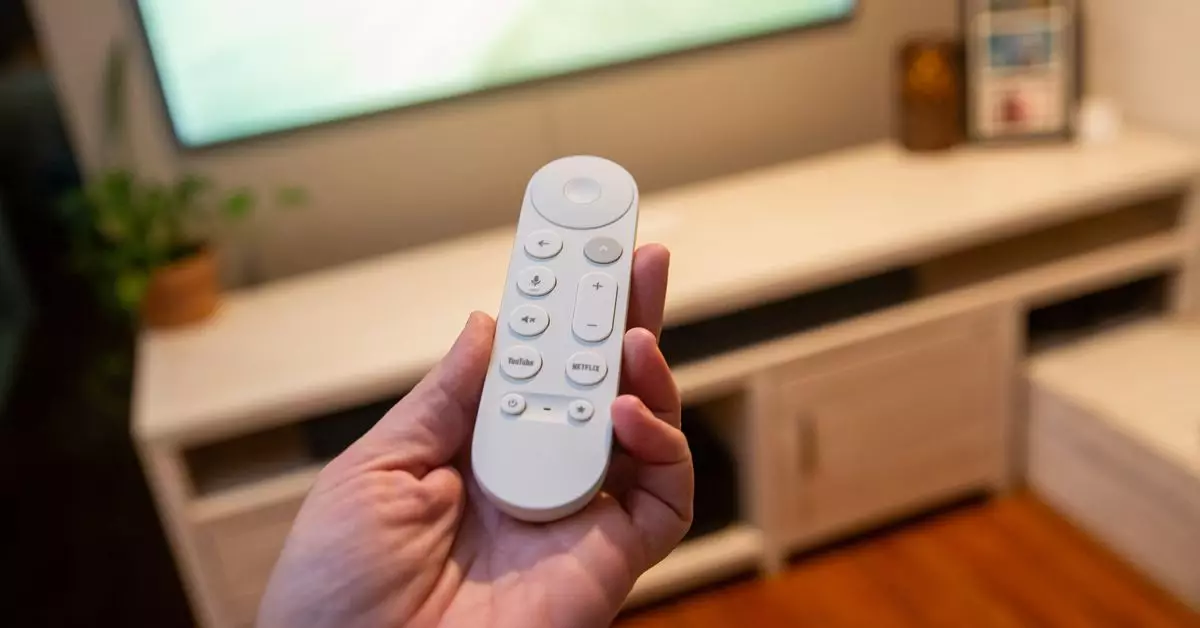In the age of smart technology, typing on a television remains a profoundly uncomfortable experience. Traditional on-screen keyboards often present a cumbersome and frustrating interface, hindering user interaction and productivity. Many users find themselves grappling with clunky layouts, laboriously navigating a grid of letters while their remote controls become unwieldy extensions of their frustration. This predicament not only stifles creativity but also complicates casual activities such as searching for movie titles or entering passwords. Enter Direction9, a company poised to disrupt this space with a nostalgic yet innovative solution.
Bringing Back T9: A Smart Solution
Direction9 has reimagined the outdated concept of T9 texting—a system perfected in the early days of mobile phones constrained by physical number keypads—to create a fresh user experience on smart TVs. Instead of relying on a cumbersome on-screen keyboard, Direction9 employs a three-by-three grid layout, reminiscent of the T9 model, where each number is assigned multiple letters. This strategic arrangement significantly reduces the number of clicks needed to input text, allowing users to swiftly navigate to their desired letters without the frustration of pixel-perfect targeting.
When engaged with this keyboard, the cursor starts at the center of the grid, streamlining the search for letters. The intuitive design invites users to simply click to select letters, ultimately returning to the center point. This method not only minimizes the time spent typing but also transforms the interaction into a more fluid experience.
Intelligent Features Enhance Usability
Direction9 further enriches the user experience with a predictive text feature designed to anticipate user intentions. By clicking on designated buttons, the system can suggest words based on users’ previous interactions—an innovative twist that enhances typing efficiency. Although the algorithm demonstrated some struggles with more complex words, the underlying potential for rapid input is clear. Users can toggle between various modes, allowing for both guided assistance and more manual input, striking a balance that caters to different comfort levels.
Additional keys for functions like Enter, Space, and Backspace are integrated alongside the grid layout, encouraging a natural typing flow. The simplicity of submitting selections—where hovering over the Enter button and clicking automatically registers the action—suggests that Direction9 has prioritized reducing the cognitive load typically required by traditional text input methods. This focus on intuitive design significantly lowers the barrier for entry and could lead to widespread acceptance among TV users of all ages.
Despite the promising innovations showcased at CES, Direction9’s keyboard remains in a developmental phase, with discussions underway for integration into streaming services and smart TVs. While its current status may seem vaporous, the concept behind the device is compelling. The demonstration of ease of use during its presentation could indicate a significant leap forward in TV input technology, provided that partnerships with device manufacturers can be secured.
As demonstrated during live usability tests, even untrained users can quickly adapt to the new system within moments of exposure. Such adaptability is essential, considering the various demographics of television users who may be less tech-savvy. The prospect of a keyboard that allows for typing without the need for constant visual focus is particularly appealing, as it mirrors behaviors already commonplace in mobile texting.
While existing systems have their strengths, they often fail to deliver a satisfying user experience for text input. Direction9’s keyboard holds potential as a revolutionary step towards a more fluid form of interaction in the TV landscape. By merging nostalgia with innovation, this company is tackling a long-standing issue that has plagued viewers for decades. While the system may not yet be perfect, its contributions towards streamlining the typing process on smart devices could redefine how we engage with our televisions in the future. If successful, Direction9 could very well be the catalyst for an entire generation of streamlined TV input solutions.

